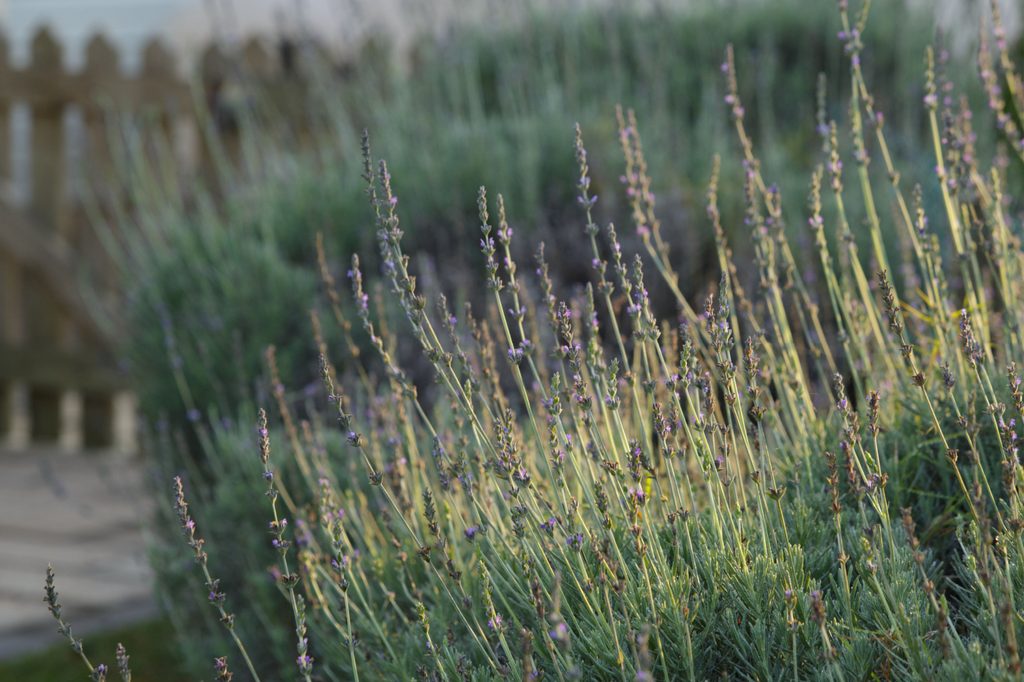When you’re building a garden, one of the first plants that you might gravitate toward is lavender. Besides its gorgeous blooms and calming scent, lavender is also incredibly easy to maintain. Plus, it’s great for attracting pollinators to benefit the rest of your garden.
But did you know that there are actually different types of lavender plants? In fact, there are four main categories of lavender, and knowing what they are can help you select the right variety for your climate zone. In this guide, we’ll help you learn all about the different types of lavender so you can enjoy sweet, low-maintenance blooms throughout the growing season — or even all year long if you’re lucky!
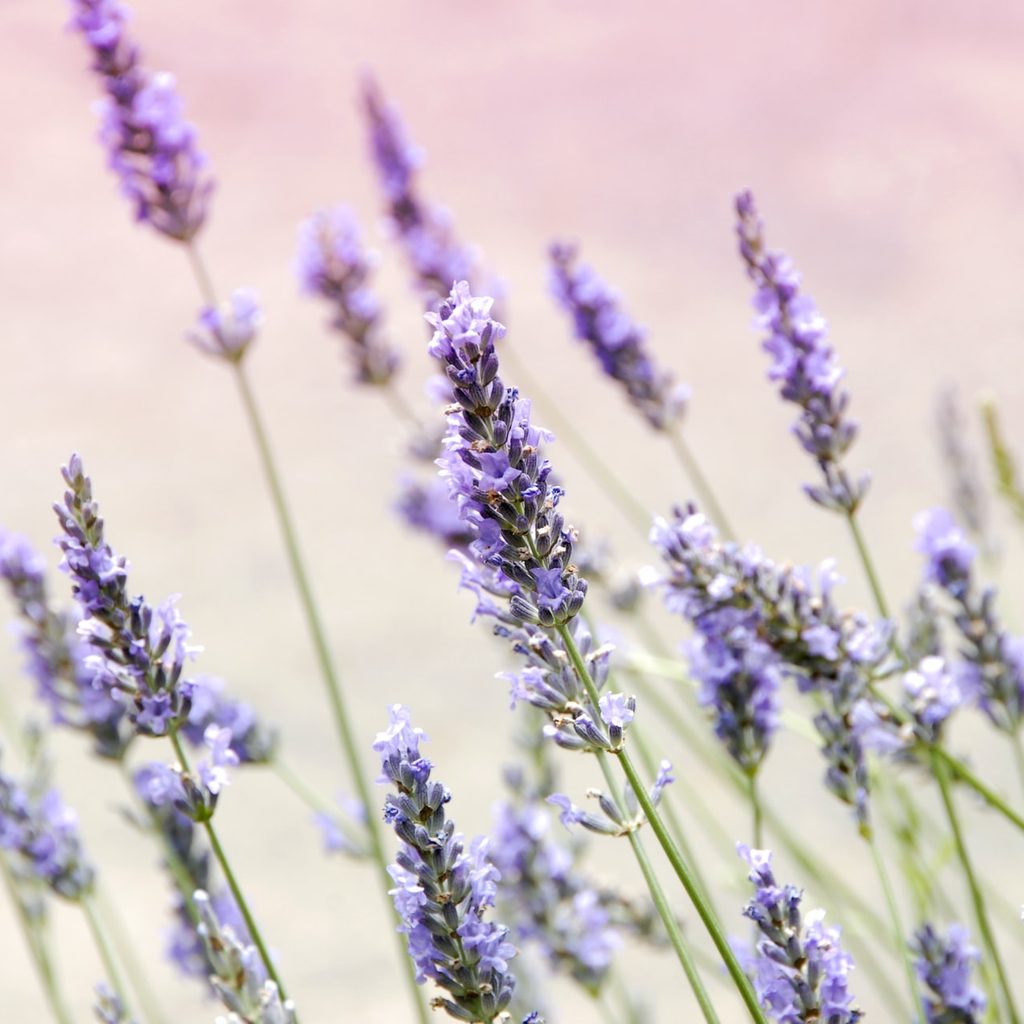
What is lavender, and how do you care for it?
To start off with, what exactly is lavender? Associated with a relaxing scent and purple blooms, lavender is a hardy perennial herb that comes from the Mediterranean. The Lavandula genus contains about four dozen or so species of flowering plants. The leaves are small and gray-green, and the tubular flowers, often purple, emerge from long stalks.
Lavender can withstand fairly tough conditions. It can survive in poor soil as long it’s poor soil with good drainage — you can always amend your soil with compost, perlite, and bark to improve its structure. Lavender plants are actually quite drought-tolerant flowers, although you’ll want to water them more your first year of planting them.
Fertilizer isn’t a necessity. In fact, fertilizer that contains too much nitrogen can actually sacrifice flowers for foliage. What lavender does need is full sun to produce its blooms throughout the growing season. After your lavender blooms, you’ll want to cut back a third to a half of its size to keep it from getting too woody.
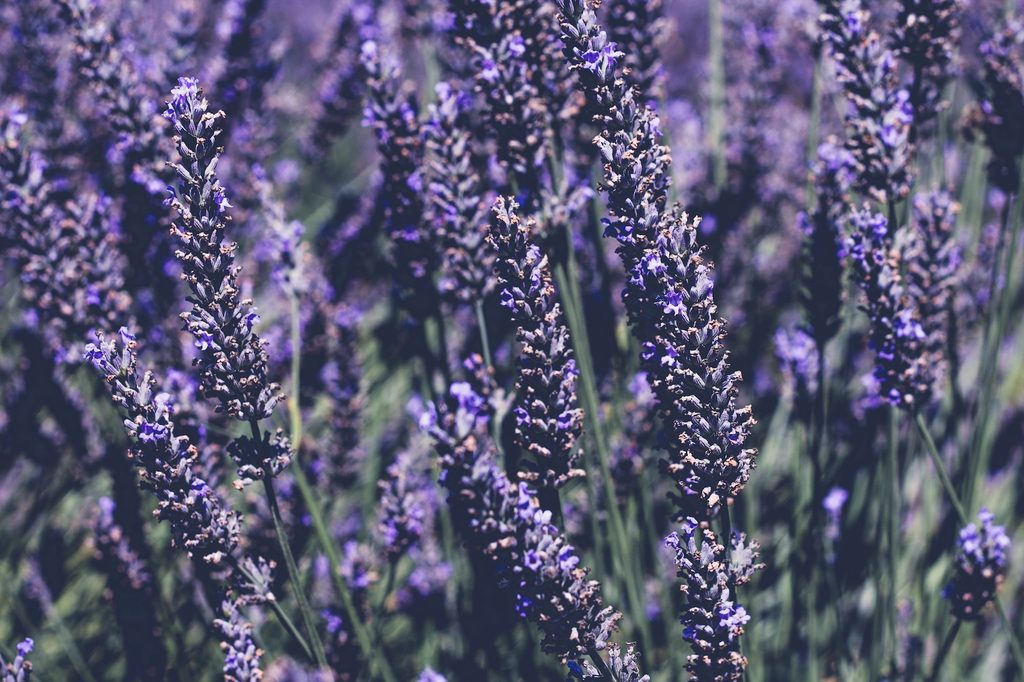
Different types of lavender plants
Of course, different lavender varieties may feature varying care requirements. When you’re picking out the perfect lavender plant for your home garden, consider your personal environment to figure out which variety would thrive in it.

English lavender (Lavandula angustifolia)
English lavender isn’t actually from England – most lavender plants are from the Mediterranean. English lavender is probably the most common variety of lavender out there. In terms of fragrance, it’s highly potent, beloved for its gentle and sweet aroma. English lavender can come in a wide range of bloom colors and sizes. You can find it with white, pink, or purple flowers. Though you can find very short or very tall varieties, the stems on English lavender tend to grow between 2 and 3 feet tall.
Of all the lavender varieties available, English lavender is the hardiest, so it’s the ideal choice for those who live in a cool climate zone. In zones 5 through 8, you can grow English lavender from both seeds and cuttings. English lavender typically blooms from early to midsummer. Traditionally, people use this variety to create lavender products — think teas, oils, potpourri, and more.
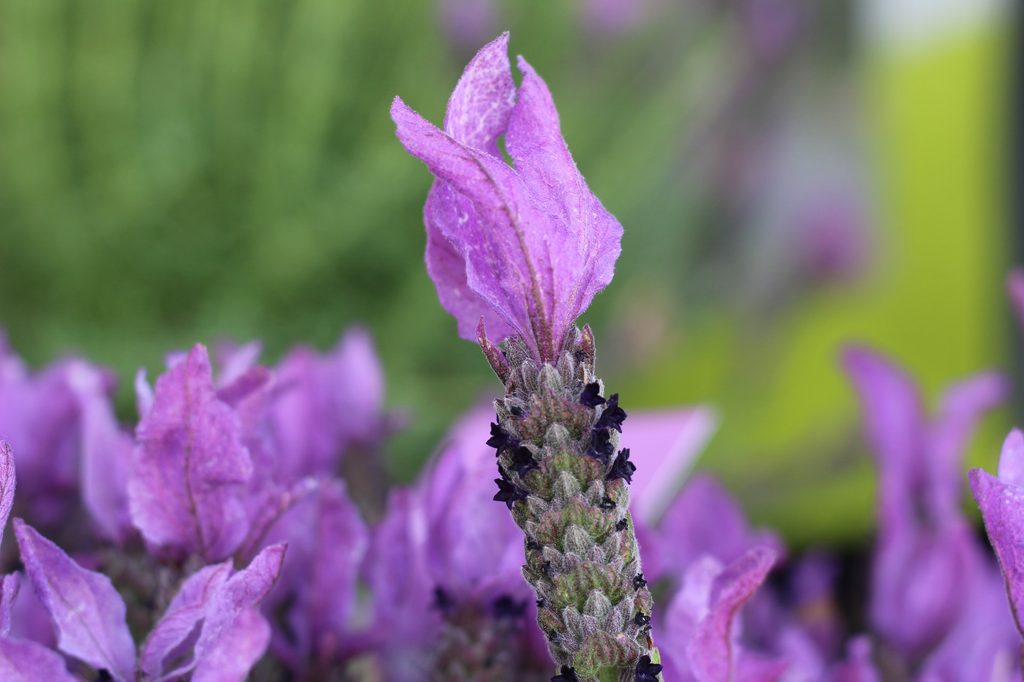
Spanish lavender (Lavandula stoechas)
The showiest type of lavender is perhaps the Spanish lavender, which features gorgeous, vibrant flowers with flag-like bracts. If you’re looking for a wide-spreading, low-maintenance plant that packs a lot of visual punch, this is your go-to choice. It’s drought resistant and aggressively puts out seeds — some gardeners even consider it invasive. Another thing to consider is that Spanish lavender isn’t as fragrant as English lavender, which may be a drawback if you’re looking for a calming scent.
Still, it’s easy to grow and share with both seeds and cuttings. Spanish lavender tends to bloom around spring through summer. Great for climate zones 8 and 9, this lavender variety can tolerate warm weather well. While most gardeners keep it as an ornamental plant, some people use Spanish lavender for oil and honey.
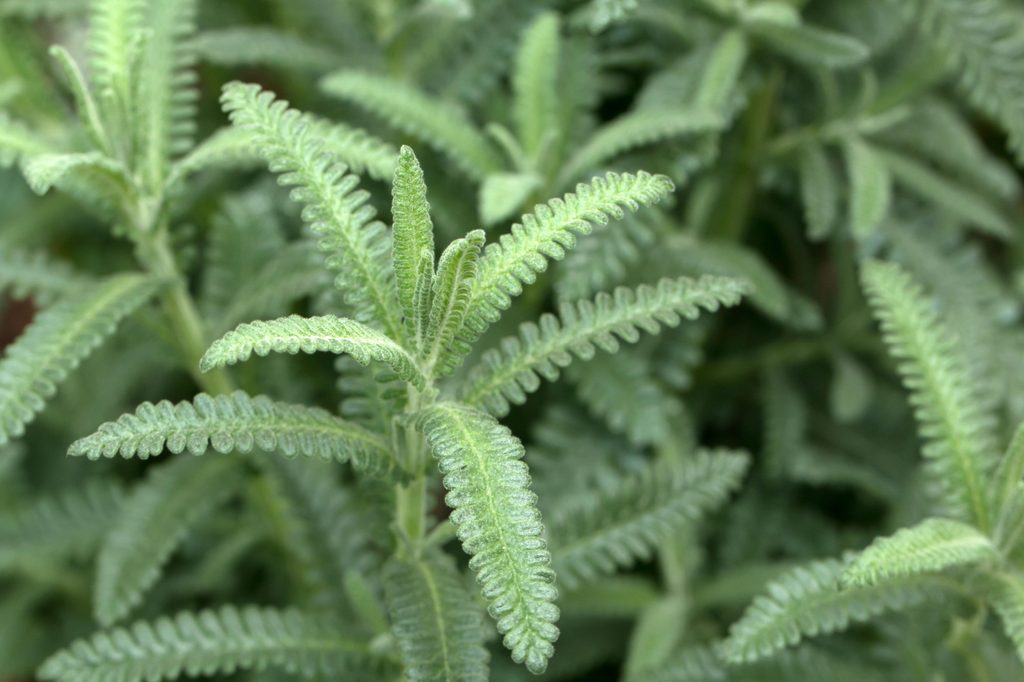
French lavender (Lavandula dentata)
French lavender, or fringed lavender, features toothy, gray-green leaves — the foliage is the most distinct part about this plant, as the purple-blue flowers are not particularly significant. Although not as fragrant as English lavender, this lavender variety has a somewhat herbal scent.
If you live in a warm area, it’s a hardy flower. Best grown in climate zones 7 through 9, French lavender blooms from spring to summer and can potentially put out short, rounded flower spikes all year long if temperatures permit. For those who live in cooler areas, this variety can also work as a container plant. While most people don’t really use French lavender for its fragrance or its oil, it can make for lovely cut flowers.
Lavandin (Lavandula x intermedia)
Lavandin is actually a hybrid between Lavandula angustifolia (English lavender) and Lavandula latifolia (Portuguese or spike lavender). This lavender type has a very strong fragrance, featuring intense soapy notes that make it popular in the perfume and personal care industries. It tends to be taller than English lavender and features thick stems with grayish-purple flowers.
Lavandin tolerates both low and high temperatures, which makes it suitable for climate zones 5 through 9 — it can withstand cold like English lavender and humid heat like Portuguese lavender. Note that it can only be propagated through cuttings.

Other lavender varieties
There are plenty of other lavender types out there, but the ones above are the most common. You may come across the Lavandula latifolia (mentioned above), which is the Portuguese or spike lavender characterized by intense menthol notes and high heat tolerance. There’s also the Egyptian or fernleaf lavender (Lavandula multifida) — this pollinator-friendly flower features feathery leaves that can add an interesting texture to any garden in zones 8 through 10.
No matter if you want to make potpourri or simply love vibrant purple blooms in your garden, you’ll have a lot of lavender plants to choose from. With these types of lavender in mind, consider your personal garden conditions and choose a suitable variety for your landscape. With very little maintenance needed from your end, you’ll be able to enjoy fresh blooms before you know it.
